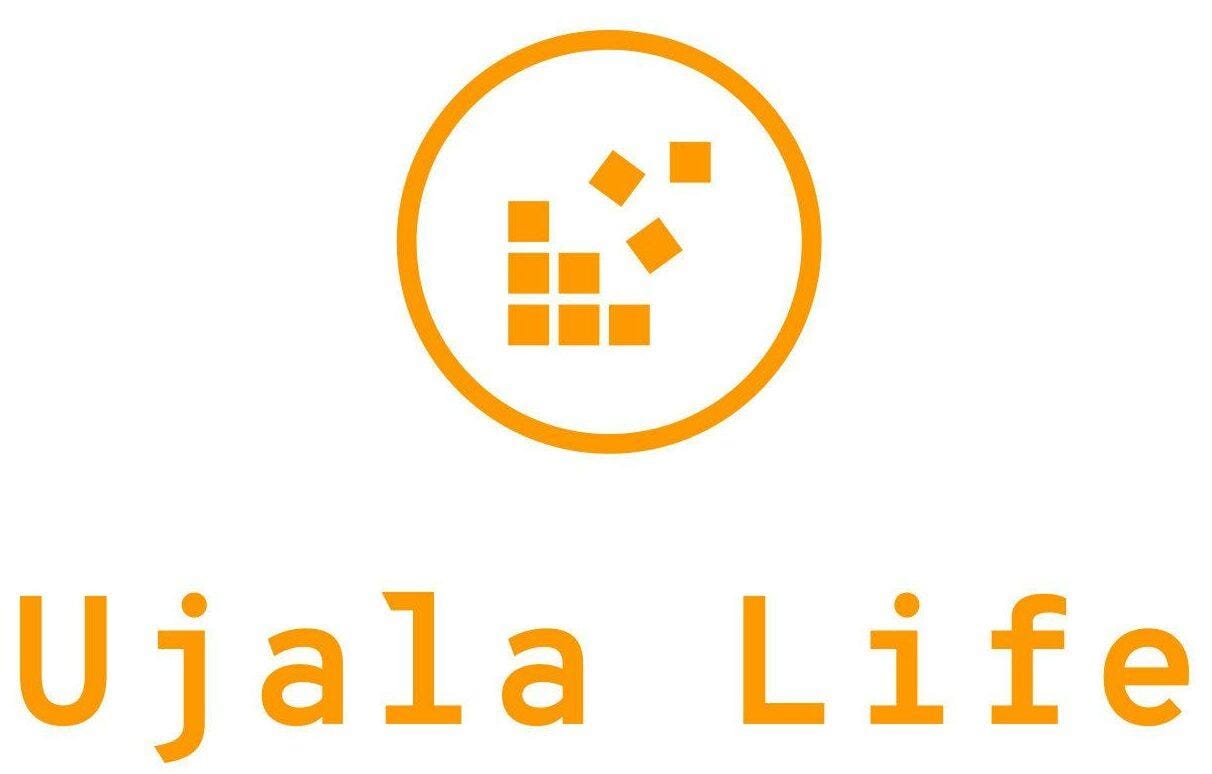Comprehensive Care in ABA: Embracing Kind Extinction
Applied Behavior Analysis is a powerful approach to understanding and changing behavior. ABA hopes to improve lives by increasing helpful behaviors and decreasing harmful or disruptive behaviors. There are many tools and strategies that are used in ABA, one of which is extinction.
Extinction is one of the most misunderstood tools that is used in ABA. Many believe that the word brings images of cold, clinical detachment or even emotional harm. Extinction itself is not inherently unkind. It matters how it is implemented. There is the practice of “kind extinction”. Which honors the science of behavior while prioritizing the well-being and humanity of individuals.
What is Extinction in ABA?
In Applied Behavior Analysis, the term “extinction” has a differing meaning than what is used in everyday language. In behavior science, extinction refers to the process of reducing a behavior. This is done by removing the reinforcement that had earlier maintained it. In many cases extinction gets harder before it gets better.
The “Extinction Burst”:
One of the more challenging features of extinction is the extinction burst. This refers to the first increase of behavior when the reinforcement is removed. The child will start to act out more often trying to get the earlier response to work. This can be distressing if not prepared for the response.
Emotional Side Effects:
Not only are there extinction bursts, but there can also be emotional side effects that can occur. These can include frustration, anxiety, or even aggression. Without the appropriate support these responses can lead to unintentional harm, this is where compassionate care becomes essential.
Extinction Isn’t Ignoring:
A common misconception is that extinction simply means ignoring someone. This is not true, though. Extinction means no longer reinforcing the behavior. The individual should still feel safe, connected, and supported. When done correctly extinction can be important and effective in reducing harmful behaviors. Kind extinction is important to not damage trust.
Why Compassion Matters: The Case for Kind Extinction
Extinction is a valid and evidence based strategy, but the way it is implemented makes all the difference. Compassionate care means putting the client’s emotional safety and dignity at the center of work. It’s not only reducing behavior, but doing so in a way that is ethically, kindly, and collaboratively.
What is “Kind Extinction”?:
Kind extinction is not a different procedure, rather a different mindset. It involves:
- Teaching a replacement behavior
- Responding with empathy, not detachment
- Monitoring for signs of distress and offering co-regulation
- Centering the client’s voice, needs, and consent
The approach ensures we aren’t just removing reinforcement, but supporting the individual during changes. Ultimately, extinction doesn’t have to be harsh to be effective. Kindness and science can go hand in hand.
Core Principles of Kind Extinction
Kind extinction is not about ignoring behavior, but supporting individuals through changes with care and intention. Some key principles are:
- Start with Consent and Collaboration: The plan needs to be explain clearly to caregivers and the learner. Both need respect with consent. Emotional safety begins with shared understanding.
- Teach Before You Remove: Don’t just start reinforcing a behavior, teach a better way to meet the needs first.
- Go Gradual: Rather than cutting reinforcement off abruptly, fade it out. Gradual change helps to reduce distress and helps to prevent extinction bursts.
- Support Emotions, Don’t Ignore Them: Extinction doesn’t mean ignore. Staying current and offering support to signs of frustration.
- Watch and Adjust: Watch for signs that the plan is causing harm. Kind extinction is flexible.
- Build Trust Through Relationship: Compassion strengthens cooperation. When learners are safe and respected they are more open to change.
Kind extinction honors both the science of ABA and humanity of those we support.
Common Misconceptions: Debunking Extinction Myths
Despite being widely used in ABA, extinction is one of the most misunderstood strategies—by professionals, caregivers, and the broader public. Misconceptions can lead to resistance, misuse, or emotional harm. Let’s clear up some of the most common myths and show how kind extinction addresses them.
Myth 1: Extinction Means Ignoring the Person
Truth: Extinction targets the behavior not the individual. Kind extinction ensures the person continues to get connection, support, and emotional presence.
Myth 2: Extinction is Always Harsh or Emotionally Damaging
Truth: With preparation, emotional support, and a strong relationship, extinction can be gentle and respectful. Kind extinction is designed to reduce stress.
Myth 3: You Just Stop Reinforcing and Wait
Truth: Doing nothing is not an effective plan. Kind extinction involves active strategies. These include teaching alternatives, fading reinforcement gradually, and offering emotional co-regulation.
Myth 4: Extinction ALways Works the Same Way
Truth: Behavior is complex and extinction doesn’t work in isolation. Without addressing motivation, context, and skill deficits, it is not be effective.This is why personalized planning is essential.
Myth 5: If the Behavior Gets Worse, the Plan Must Be Working
Truth: An extinction burst is common, but not always a sign of success. It also shows the learner is overwhelmed. Kind extinction uses monitoring and adjustment based on responses.
Practical Strategies for Implementing Kind Extinction
Kind extinction isn’t just a mindset. It’s a set of intentional actions. These actions make the extinction process safer, more ethical, and more effective. Some strategies to help apply extinction include:
- Pre-Teach Replacement Behaviors
- Pair With Functional Communication Training
- Fade Reinforcement, Don’t Cut It Off
- Use Response Blocking With Care
- Embed Emotional Support
- Track Progress and Adjust in Real Time
- Train the Team (and the Family)
- Debrief With the Leaner (When Appropriate)
Behavior change is most powerful when it is built on connection, clarity, and compassion.
Conclusion: Embracing Compassion in ABA with Kind Extinction
At Ujala Life, compassion is a guiding principle. Our approach blends naturalistic, play-based ABA with deep rooted compassion-based care. Kind extinction fits squarely within this model. It teaches more effective alternatives before reducing reinforcement. This process occurs within a nurturing environment.
True progress emerges when we handle challenging behaviors with understanding and kindness. At the same time, we nurture adaptive communication and self-regulation strategies. Kind extinction signifies a meaningful step ahead for ABA. It keeps outcomes measurable and progress coherent—but never at the cost of trust, safety, or humanity. Ujala Life demonstrates, when ABA is rooted in compassion—when extinction is kind—we don’t just change behavior; we enrich lives.







